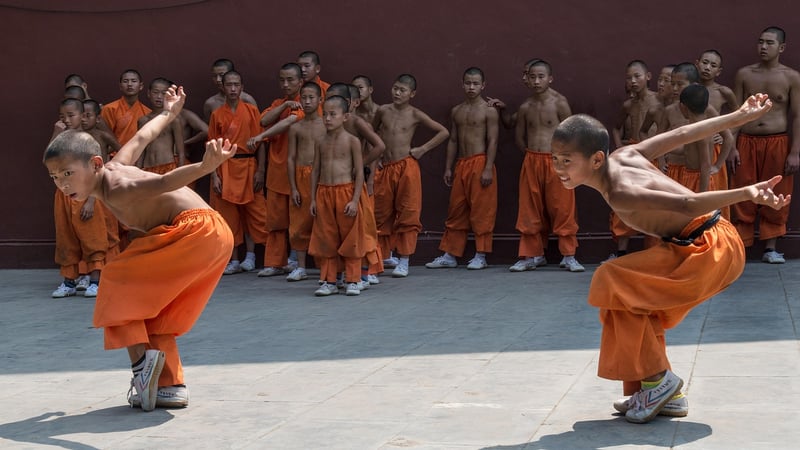Wu/Hao Style
The Art of Chinese Martial Arts: Exploring the Wu/Hao Style

Chinese martial arts, also known as Kung Fu or Wushu, have a rich history dating back thousands of years. Within the vast world of Chinese martial arts, there are numerous styles, each with its own unique techniques, forms, and principles.
Introduction to the Wu/Hao Style
The Wu/Hao style is a traditional school of Tai Chi Chuan (Taijiquan) that is characterized by its compact movements, subtle power, and focus on internal energy cultivation. It is named after Wu Yuxiang and Hao Weizhen, two prominent figures in the development of this style.

Key Features of the Wu/Hao Style
- Emphasis on relaxation and softness in movements
- Slow and controlled pace to develop internal strength
- Circular and spiraling motions for defense and offense
- Integration of Qigong (breathing exercises) for energy flow
- Utilization of leverage and redirection of force rather than brute strength
Benefits of Practicing the Wu/Hao Style
Practicing the Wu/Hao style of Tai Chi Chuan offers a wide range of benefits for both the body and mind, including:
- Improved balance, flexibility, and coordination
- Enhanced focus, concentration, and mental clarity
- Stress reduction and relaxation through mindful movement
- Increased circulation and vitality through breath work
- Self-defense skills honed through precise techniques
Getting Started with Wu/Hao Style
If you are interested in learning the Wu/Hao style of Tai Chi Chuan, seek out qualified instructors or schools that specialize in this traditional form. Practice regularly, be patient with yourself, and enjoy the journey of self-discovery and martial arts mastery.
Whether you are a beginner or an experienced martial artist, the Wu/Hao style offers a unique and profound path to holistic well-being and self-improvement.
Embrace the elegance and power of the Wu/Hao style as you delve into the ancient art of Chinese martial arts!
